Window screens fashioned out of nacre are a characteristic of the traditional upper class Goan house. It is unclear where or when exactly the idea originated. Some say it came from coastal Gujarat, others point to Cape Comorin. Given the mercantile links Goa enjoyed with the rest of the west coast from the earliest times, a good deal of give and take prevailed in the region. But it required the ingenuity and skill of the old Goan craftsmen to elevate the science of house construction to the level of art. A cursory look at the butt-ugly concrete eyesores now populating Goa brings home this point. (Boo! to the RCC-addled bozo architects and engineers.) Traditionally the highly skilled masons and craftsmen of Goa have come from the Pernem taluka.
From: Ethnography of Goa, Daman and Diu (first published in Portuguese in 1923) by A.B. de Bragança Pereira (translated by Maria Aurora Couto), Penguin Group, 2008.
p 85
…Since the Hindu house is very low, daylight can only enter through the door and a few small windows supported on wooden balusters. In some houses, window panes are made of conch shells instead of glass. These conch shells are called karepa (a translucent conch shell of oyster placuna placenta which filters a soft and muted light)…
From: Living Heritage, Shared Space by Angelo Costa Silveira (translated by Maria Flavia Ribeiro), Yoda Press, 2008.
pp 96-99
Carepas are undoubtedly one of the most enigmatic elements of construction in Goa. They have been used practically from the time of the arrival of the Portuguese. Their use was motivated by the need to illuminate and at the same time preserve the interiors of the house where social events could take place during the day…Carepas came to replace the system of wooden shutters and balusters which was very common in the early period…From the early days this system impressed travellers who frequently made references to it. Pyrard de Laval says in 1616: ‘(in Goa) they have no glass windows, instead very fine and straight oyster shells are used, inserted into wooden frames, allowing the light to come in as if it was of paper, as they are not as transparent as glass.’…
The images adduced here are a few examples of the exquisite windows of nacre drawn from the Bardez and Tiswadi areas.

Window panes of Nacre
5D Mark II, Zeiss ZE 50mm f/2 Makro Planar
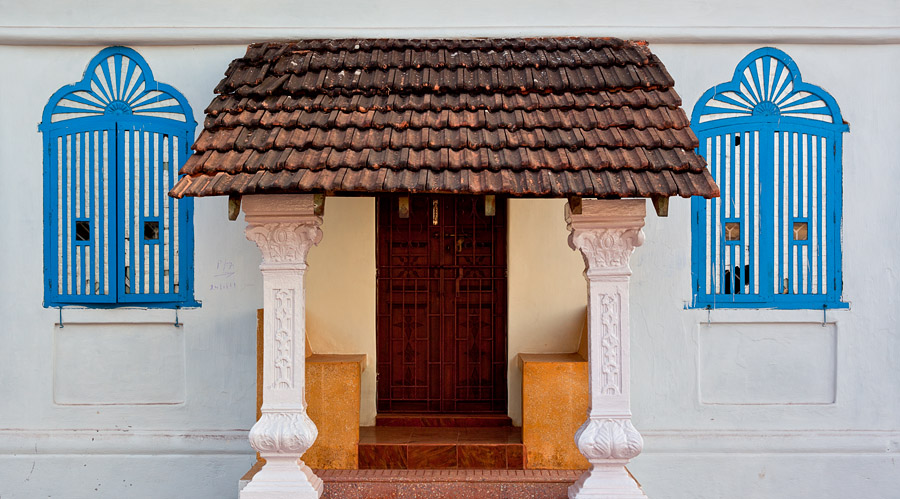
House in Sangolda with balcão
5D Mark II, Zeiss ZE 50mm f/2 Makro Planar
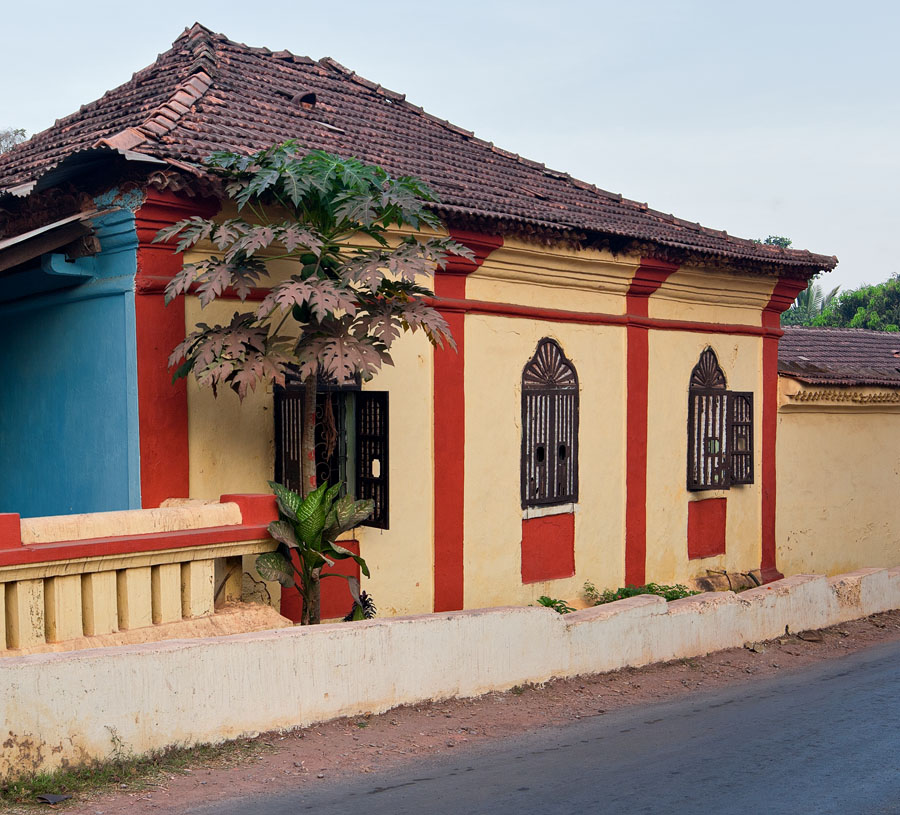
Robert Menezes' home in Saligao
5D Mark II, TS-E 24L II
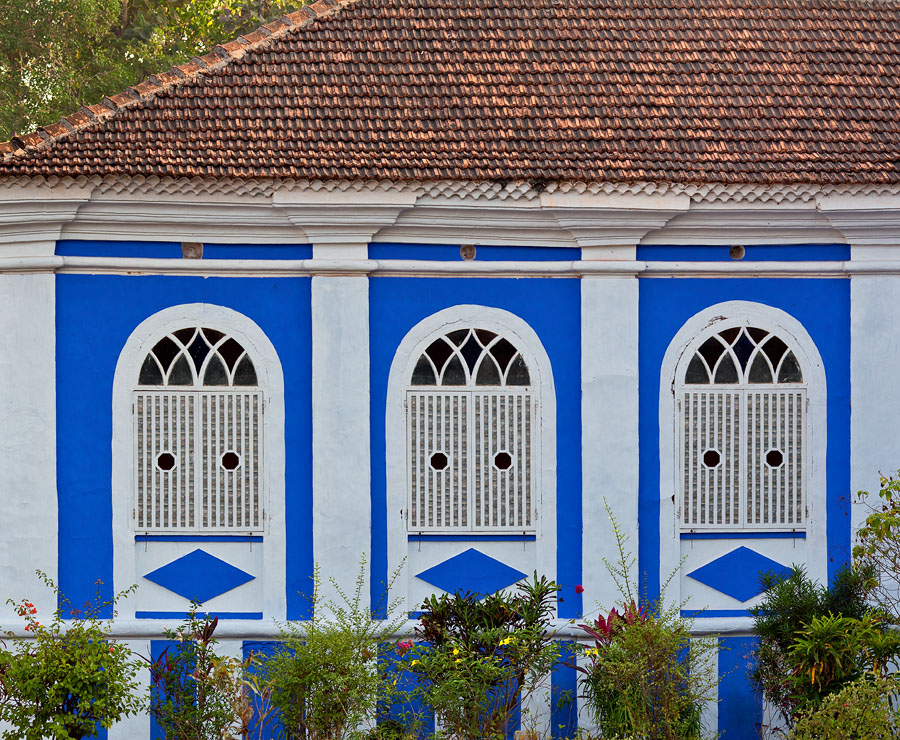
Rebello Mansion in Anjuna
5D Mark II, 135L
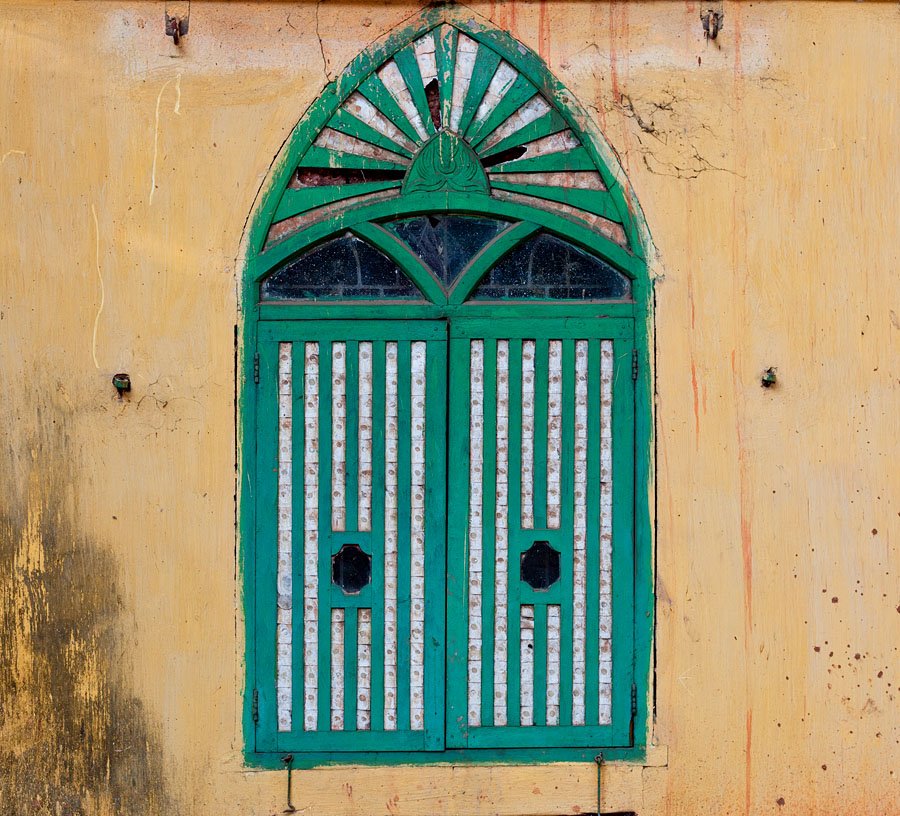
In Sangolda
5D Mark II, Zeiss ZE 50mm f/2 Makro Planar
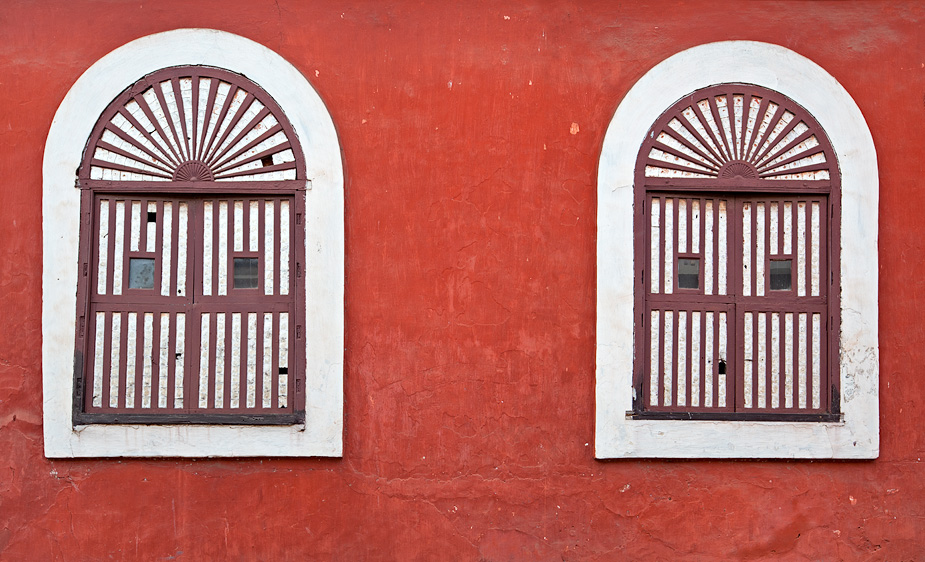
Casa Fernandes, in Cortin, Panjim
5D Mark II, TS-E 24L II
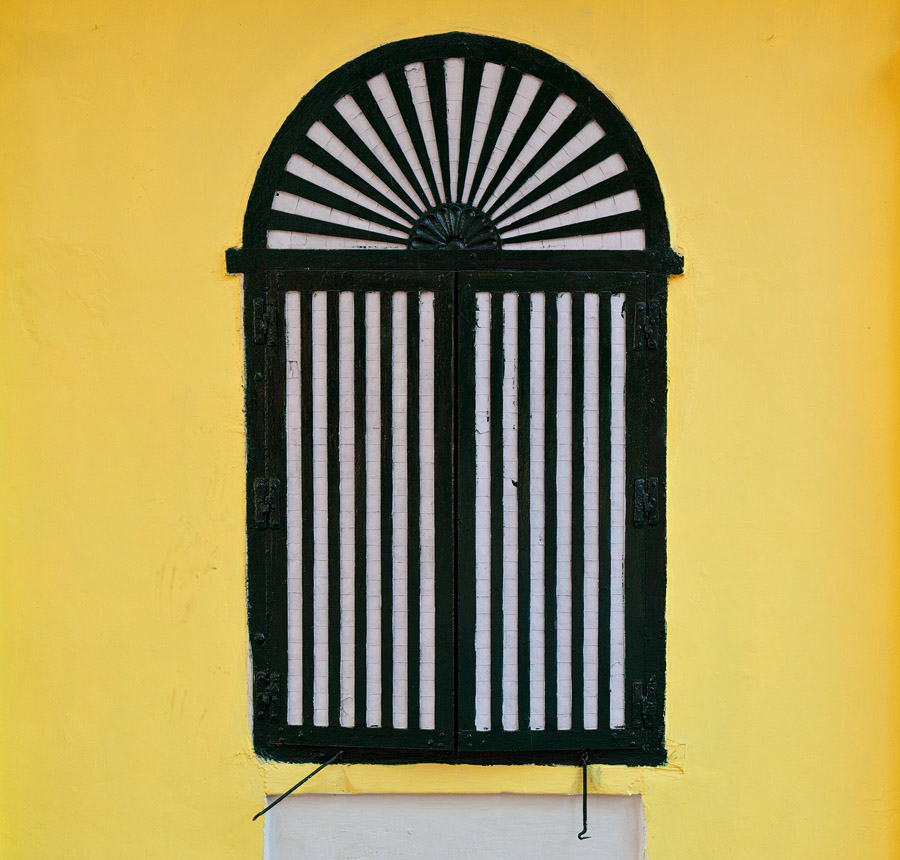
In Malar, Divar
5D Mark II, Zeiss ZE 50mm f/2 Makro Planar
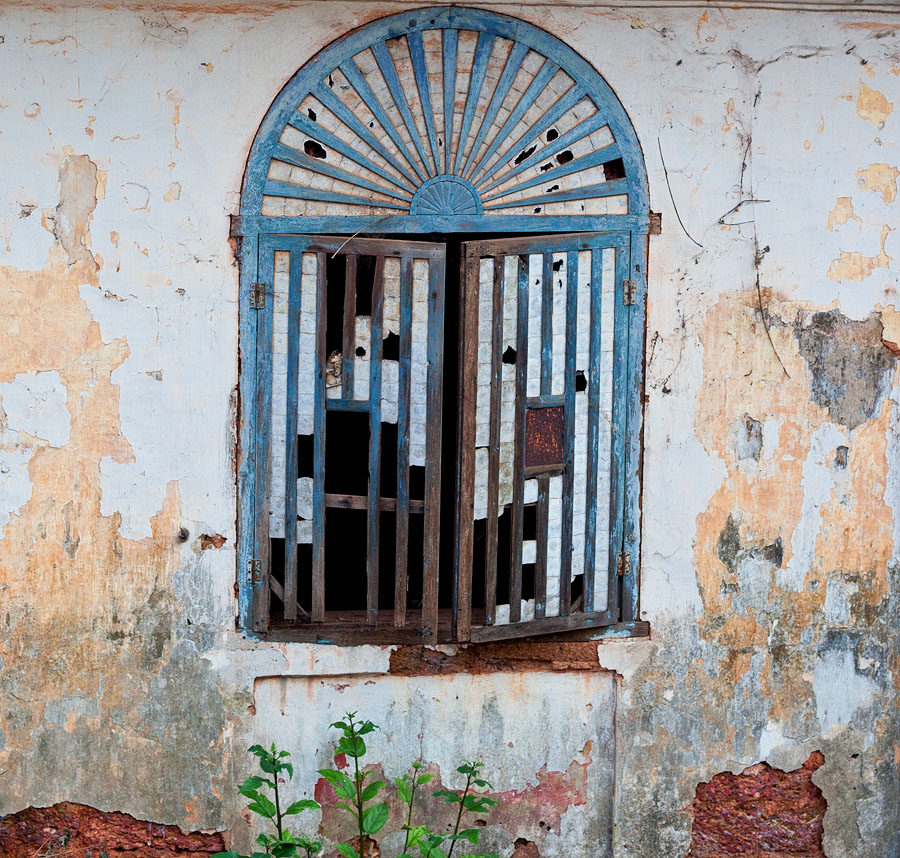
Weathered ruins in Piedade, Divar
5D Mark II, Zeiss ZE 50mm f/2 Makro Planar
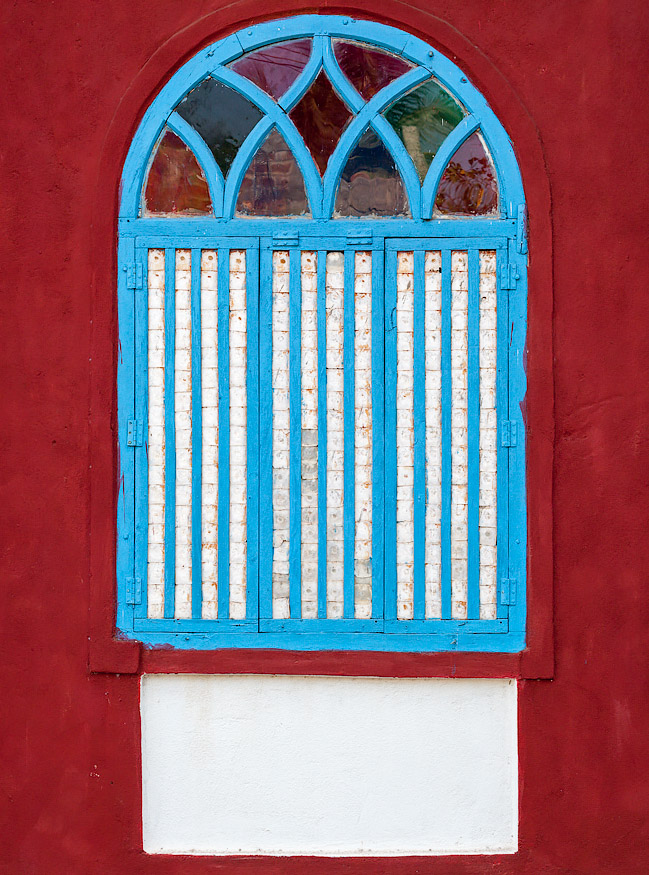
Stained glass and nacre in Saligao
5D Mark II, Zeiss ZE 50mm f/2 Makro Planar





[…] this post for more on windows of nacre. Windows of nacre, Cortin5D Mark II, TS-E 24L II Waiting […]
[…] more here: Windows of Nacre Posted in General Tags: 135l, comorin-given, divar, goan house, house, living-heritage, […]
Very nice pictures. I particularly like the colors in the seventh one.